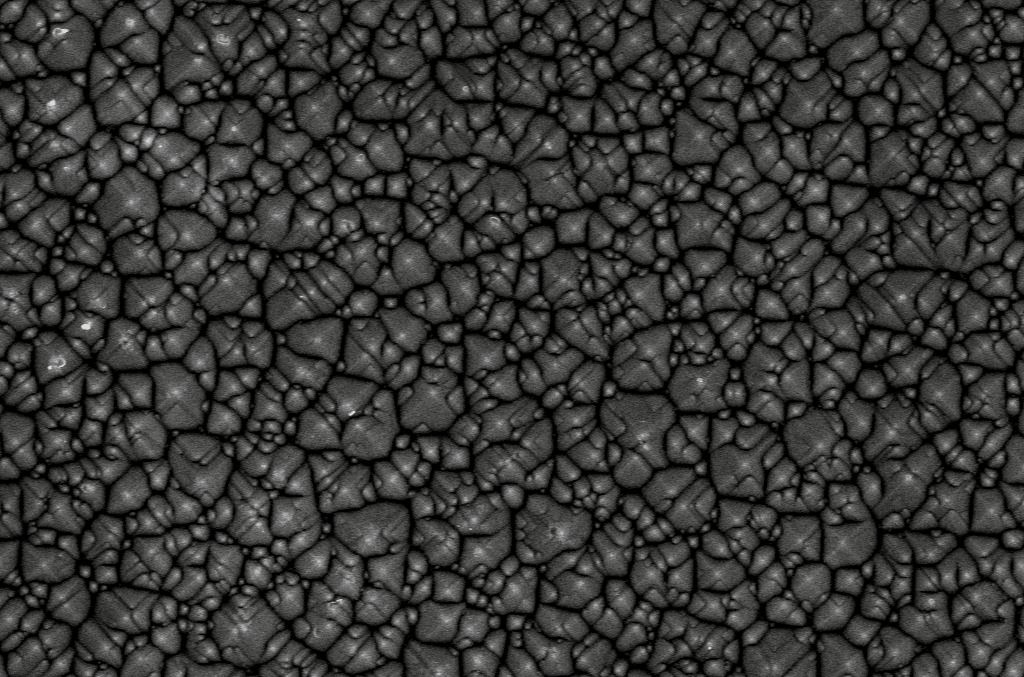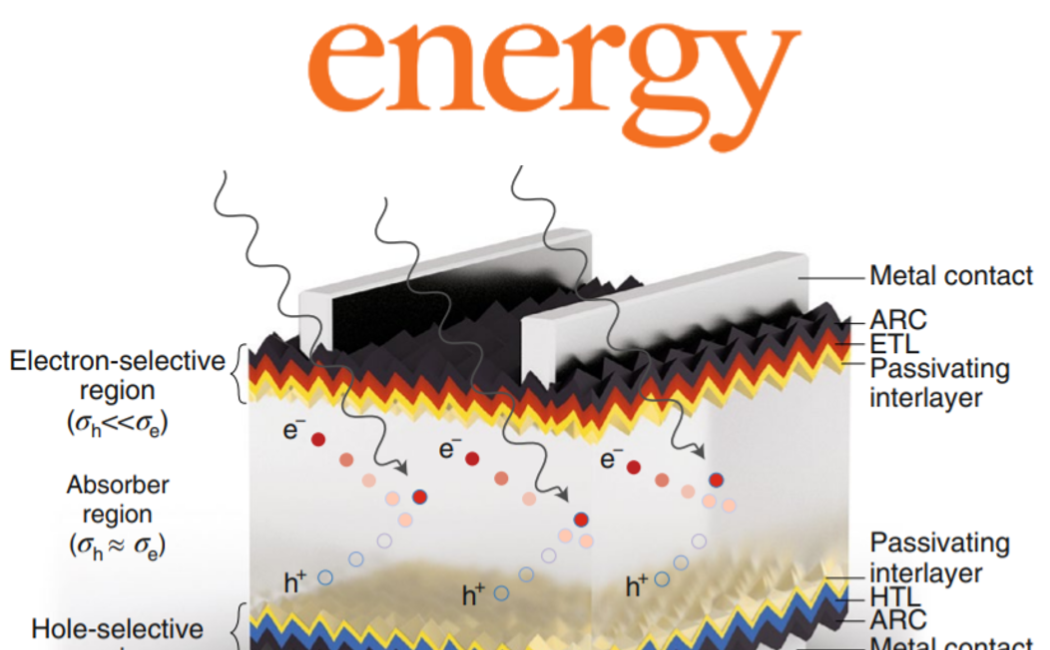The global photovoltaic (PV) market is dominated by crystalline silicon (c-Si) based technologies with heavily doped, directly metallized contacts. Recombination of photo-generated electrons and holes at the contact regions is increasingly constraining the power conversion efficiencies of these devices as other performance-limiting energy losses are overcome. To move forward, c-Si PV technologies must implement alternative contacting approaches. Passivating contacts, which incorporate thin films within the contact structure that simultaneously suppress recombination and promote charge-carrier selectivity, are a promising next step for the mainstream c-Si PV industry.
In this work, Dr. Thomas Allen and coworkers review the fundamental physical processes governing contact formation in c-Si. In doing so we identify the role passivating contacts play in increasing c-Si solar cell efficiencies beyond the limitations imposed by heavy doping and direct metallization. Strategies towards the implementation of passivating contacts in industrial environments are discussed.
.png?sfvrsn=2e17b3dc_1)
Figure: Historical progression of notable c-Si solar cell efficiencies.
Source: Allen, T., et al. Nature Energy, 2019



.png?sfvrsn=2e17b3dc_1)